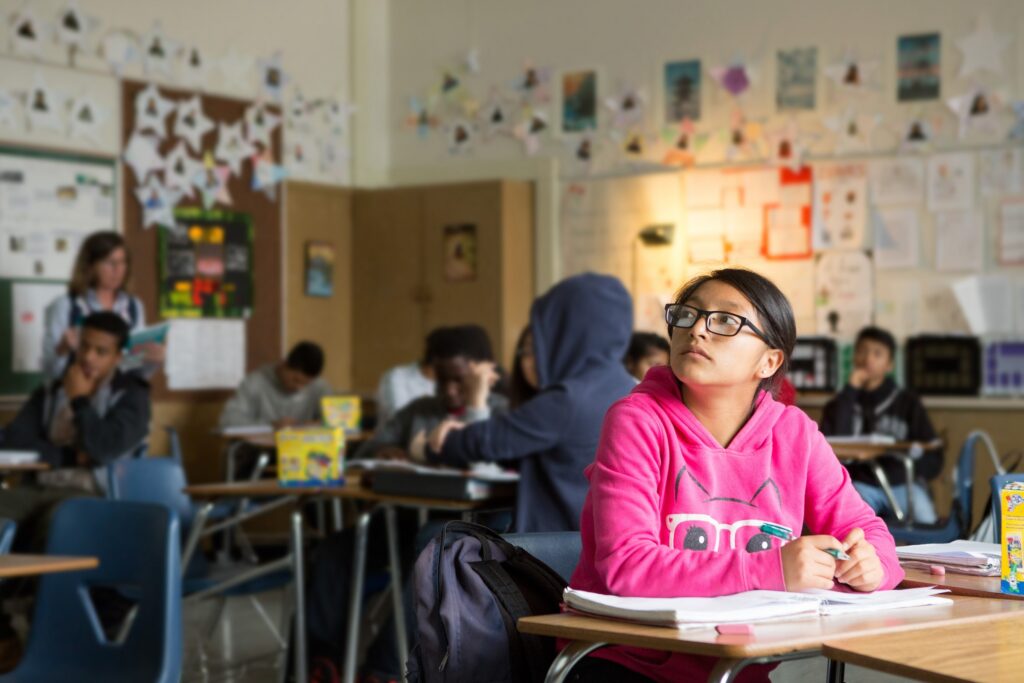A new report from the American School District Panel, a research partnership between RAND and CRPE, examines how districts define and facilitate civic learning in an era of political polarization, competing instructional priorities, and uneven state support.
Drawing on survey data from 170 public school districts and in-depth interviews with leaders from 18 systems, the study finds:
- Most surveyed districts reported offering civics, typically in history or social studies classes. While 74% of districts provide explicit civics instruction in high school, fewer do so in earlier grades, and just 36% offer it in elementary school. In most cases, civics is not taught as a standalone course.
- District leaders think a mix of civics knowledge and experiences is most important to include in civic learning. Foundational knowledge remains the core instructional emphasis, though some districts are leaning into skills and experiences.
- District leaders report relying heavily on their state’s standards and requirements—which provide structure and resources but can also limit flexibility.
- Urban districts are more likely than suburban or rural peers to have civics standards, graduation requirements, assessments, and curricula.
- Time, funding, and capacity are the biggest barriers to expanding civic learning.
- Local capacity shapes support for civic learning. Well-resourced districts can dedicate staff, funding, and infrastructure, while resource-constrained districts rely more heavily on individual educators.
- Teachers are “tiptoeing” around controversial topics out of fear of political pushback, leading some to avoid open discussion about civic issues altogether.
These findings point to a critical tension: most districts see civics as essential to preparing students for democratic life, but systemic constraints—particularly time, uneven resources, and political pressures—limit both access and depth. Strengthening civic learning will require more than states setting standards; it will demand intentional investment, professional learning, and protections that allow educators to engage students in the full range of civic knowledge, skills, and dispositions. Without this, civic readiness will remain inconsistent—and inequities in who gets robust civic learning will persist.








